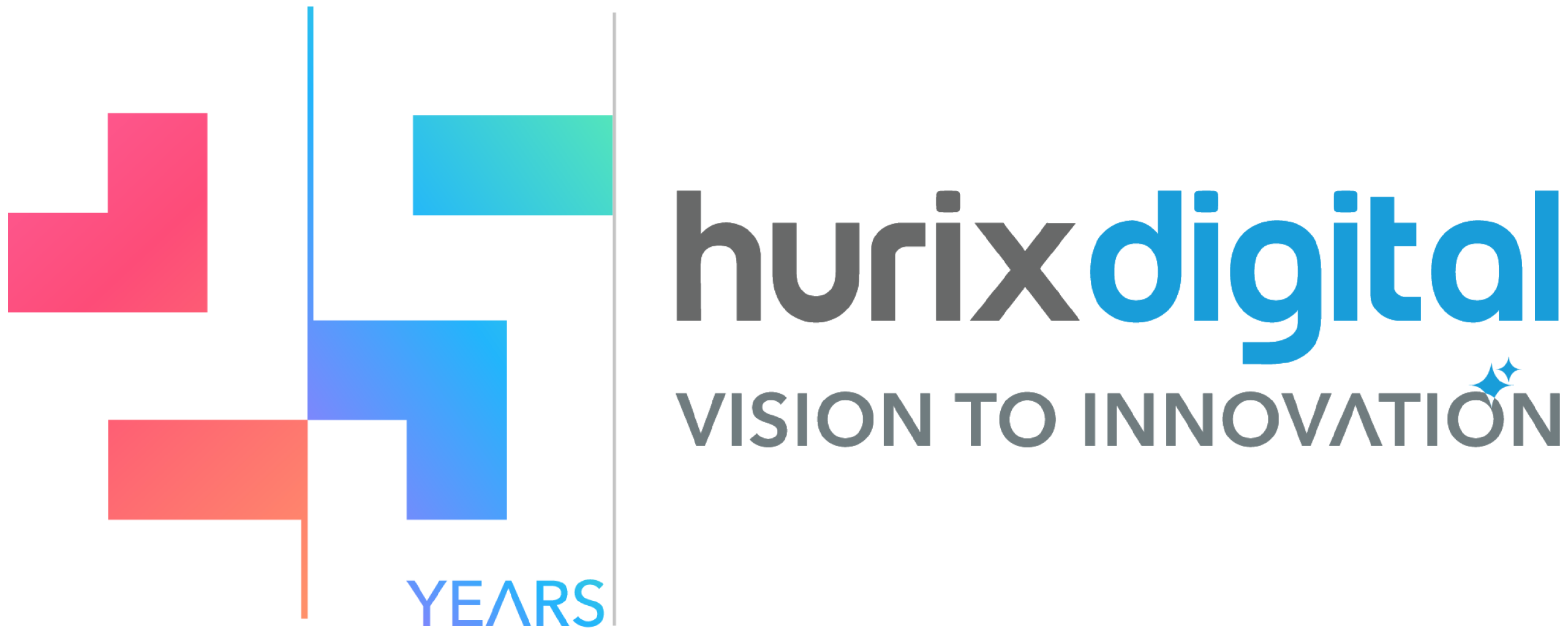Active Learning is a pedagogical approach that empowers learners to take an active role in their education. Unlike passive listening, active learning strategies encourage student engagement through activities like discussions, problem-solving, group projects, and reflective writing. This student-centered approach fosters deeper understanding, critical thinking skills, and improved knowledge retention, making learning a more dynamic and effective process. Explore how Hurix Digital integrates active learning principles into our digital learning solutions.
What is Active Learning?
Active learning is an instructional approach that engages students directly in the learning process. Instead of passively receiving information through lectures, students actively participate through activities that require them to think critically, solve problems, and apply their knowledge. It emphasizes student engagement and collaboration, moving away from the traditional teacher-centered model.
Key characteristics of active learning include:
- Student Engagement: Activities require students to actively participate rather than passively listen.
- Critical Thinking: Students are challenged to analyze, evaluate, and synthesize information.
- Problem-Solving: Activities often involve solving problems or addressing real-world scenarios.
- Collaboration: Many active learning strategies involve working with peers to share ideas and learn from each other.
- Application of Knowledge: Students apply their knowledge in practical ways, reinforcing their understanding.
Examples of active learning techniques include group discussions, debates, case studies, simulations, role-playing, project-based learning, and think-pair-share activities. By incorporating these techniques, educators can create a more dynamic and engaging learning environment that promotes deeper understanding and retention of information. Active learning promotes a more meaningful and effective educational experience compared to traditional lecture-based teaching.
Why is Active Learning Important?
Active learning transforms students from passive recipients of information into active participants in the learning process. This shift is crucial because it significantly enhances knowledge retention, comprehension, and critical thinking skills. Instead of merely listening to lectures, students actively engage with the material through activities like discussions, problem-solving, group projects, and hands-on experiments.
One of the primary benefits of active learning is improved knowledge retention. When students actively participate, they are more likely to remember information long-term. This is because active engagement strengthens neural pathways and creates deeper connections with the subject matter. Moreover, active learning fosters a deeper understanding of concepts. By applying knowledge in different contexts and grappling with real-world problems, students move beyond rote memorization and develop a more nuanced grasp of the material.
Furthermore, active learning cultivates critical thinking and problem-solving skills. Group discussions and collaborative projects encourage students to analyze information, evaluate different perspectives, and develop creative solutions. These skills are essential for success in today’s rapidly changing world. In addition to academic benefits, active learning promotes collaboration and communication skills. Working in teams allows students to learn from one another, develop empathy, and practice effective communication strategies, all of which are invaluable in both academic and professional settings. In short, active learning empowers students to become lifelong learners and equips them with the skills they need to thrive in a complex and dynamic world.
How Does Active Learning Work?
Active learning is a student-centered approach that moves away from passive reception of information to actively engaging with the learning material. It works by transforming students from listeners to active participants in the educational process.
The core principle revolves around activities that require students to think critically, solve problems, and apply their knowledge. This can involve a variety of methods, including:
- Discussions: Students share ideas, debate concepts, and learn from each other’s perspectives.
- Group Work: Collaborative projects and problem-solving encourage teamwork and peer learning.
- Case Studies: Analyzing real-world scenarios to apply theoretical knowledge.
- Problem-Based Learning: Tackling complex problems that require research, critical thinking, and creative solutions.
- Hands-on Activities: Experiments, simulations, and demonstrations that provide practical experience.
- Writing Assignments: Essays, reports, and reflections that promote deeper understanding and critical analysis.
Active learning fosters a deeper level of understanding as students actively construct their own knowledge. This active engagement improves retention, critical thinking skills, and problem-solving abilities. Furthermore, it can increase student motivation and enjoyment of the learning process. The instructor’s role shifts from lecturer to facilitator, guiding students through activities and providing support.
Examples of Active Learning in Action by Leading Brands
Active learning strategies aren’t just academic theories; they’re practical tools being successfully implemented by leading brands across various industries. These companies recognize the power of engaging learners directly in the learning process for better knowledge retention and skill development.
Google, for example, leverages active learning in its internal training programs. They often incorporate simulations and hands-on projects that require employees to apply new concepts in realistic scenarios. This could involve coding challenges, marketing campaign simulations, or even role-playing customer service interactions. This experiential approach helps employees internalize information more effectively than passive lectures.
Starbucks uses active learning in its barista training. Instead of simply memorizing recipes, new baristas participate in interactive sessions where they practice making drinks, receive immediate feedback, and work collaboratively with experienced colleagues. This hands-on approach builds confidence and proficiency much faster.
Deloitte integrates active learning into its leadership development programs. Participants engage in case studies, group discussions, and scenario-based exercises that require them to analyze complex business problems and develop strategic solutions. This fosters critical thinking and decision-making skills.
Procter & Gamble (P&G) employs active learning principles in its sales training. New sales representatives participate in simulated sales calls, where they practice their pitch, handle objections, and receive constructive criticism. This helps them hone their skills and build confidence before interacting with real clients. These real-world applications showcase the value of active learning in boosting performance and achieving tangible business results.
Key Benefits of Active Learning
Active learning, an instructional approach where students are actively engaged in the learning process rather than passively receiving information, offers a wealth of benefits that contribute to deeper understanding, improved retention, and enhanced skills.
Enhanced Knowledge Retention: By actively participating through discussions, problem-solving, and hands-on activities, students strengthen their understanding of concepts, leading to significantly better long-term retention compared to traditional lecture-based methods.
Improved Critical Thinking Skills: Active learning encourages students to analyze information, evaluate arguments, and form their own conclusions. This fosters critical thinking skills essential for success in academics and beyond.
Increased Engagement and Motivation: When students are actively involved, they are more engaged and motivated to learn. This leads to a more positive learning experience and a greater desire to explore the subject matter.
Development of Collaboration and Communication Skills: Many active learning strategies involve group work and discussions, promoting collaboration and communication skills crucial for teamwork and professional settings.
Application of Knowledge: Active learning techniques often require students to apply what they are learning to real-world scenarios. This helps them understand the practical relevance of the material and develop problem-solving abilities.
Personalized Learning Experience: Active learning allows for personalized feedback and tailored learning experiences, addressing individual student needs and learning styles more effectively than traditional methods.
In conclusion, active learning empowers students to take ownership of their learning journey, resulting in improved academic performance, enhanced skills, and a lifelong love of learning.
Common Misconceptions Around Active Learning
Active learning is often misunderstood. Here are some common misconceptions:
Misconception 1: Active Learning is Just “Fun Activities”: Many believe active learning is simply incorporating games or group work. While these can be components, the core is about students actively engaging with the material to construct their own understanding. It’s not just about entertainment; it’s about deep processing and critical thinking.
Misconception 2: Active Learning Means Less Teacher Instruction: Active learning doesn’t eliminate the teacher’s role. Instead, it shifts the focus from lecturing to facilitating learning. Teachers guide, provide feedback, and create structured activities that promote student engagement. The teacher remains a vital resource.
Misconception 3: Active Learning Only Works for Certain Subjects: Active learning techniques can be adapted for virtually any subject, from mathematics and science to humanities and arts. The key is to choose appropriate strategies that align with the learning objectives and content.
Misconception 4: Active Learning is Too Time-Consuming: While some active learning strategies may require more preparation, they can ultimately lead to more efficient learning. By actively engaging with the material, students retain information better and require less re-teaching.
Misconception 5: Active Learning Means No Lectures: Lectures still have a place in education. Active learning can be integrated into lectures through techniques like think-pair-share or short quizzes to keep students engaged and check for understanding. It’s about finding a balance.
Understanding these misconceptions is crucial for effectively implementing active learning strategies and maximizing their benefits for student learning.
 Upcoming Masterclass | Build an Army of Brand Evangelists using Training & Development | November 20th, 8:30 AM PDT | 11:30 AM EDT | 10:00 PM IST
Upcoming Masterclass | Build an Army of Brand Evangelists using Training & Development | November 20th, 8:30 AM PDT | 11:30 AM EDT | 10:00 PM IST
